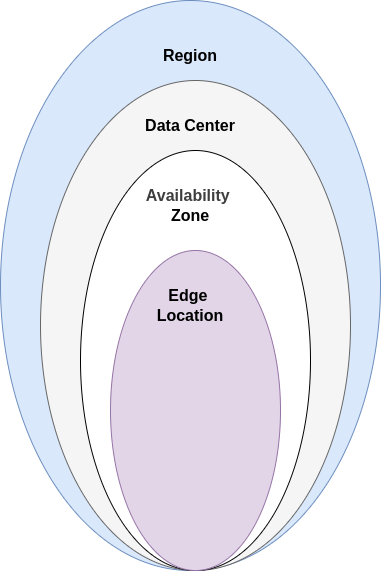
AWS stands for Amazon Web Services. It is a widely used cloud computing platform for large and small organizations, providing more than 200 web services. This is a platform where you can deploy your services, train your model, and provide a development and production environment for your team at a low cost. More simply, you have to pay based on your usage.
Components of AWS:
- Regions: AWS Regions are geographical area. AWS havig data centers in different regions based on traffic and cost.
- Data Centers: Data Centers are physical locations where actual machines are stored. Generally, the actual addresses of this location are never published for safety purposes. They generally published only the city name of the data centers.
- Availability zones - It is nothing but redundant data, kept in multiple places for safety purposes. In single regions, more than one Availability zones are placed.
- Edge Locations -Edge locations are nothing but data centers with a different purpose. Edge locations are mainly used for caching the content and reducing latency, and provide faster access to the content(Audio, Video, or text).

AWS Models:
- Infrastructure as a Service(IAAS): IAAS is basically for experts who know the basics about the resources. In IAAS, you have to manage all resources yourself, i.e., you get broader access. You can manage computing, storage, network, etc. Ex. EC2
- Platform as a Service(PAAS): It is for developers who need to focus more on development and deployment instead of resources. Ex. Elastic Beanstalk
- Software as a Service(SAAS) - SAAS is a cloud based software or application which is generally used with the help of browser. User only use that application without knowing infrastructure and infrastructure is handled by application provider.
Categories
- Big Data 1 Post
- Spark 1 Post
- AWS 1 Post
- Interview Questions 1 Post

